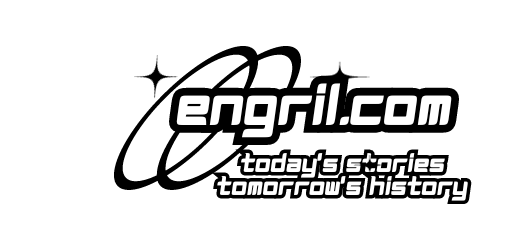There were glitches with its propulsion system, but Boeing’s Starliner spacecraft and the two NASA astronauts it carried successfully docked at the International Space Station on Thursday afternoon.
The docking, at 1:34 p.m. Eastern time, was more than an hour later than planned, after the troubleshooting of several malfunctioning thrusters.
“The team handled the pop quiz really well,” Steve Stich, the manager of NASA’s commercial crew program, said during a news conference Thursday after the docking. “And they got all the answers right.”
Starliner’s arrival came one day after the vehicle launched from Cape Canaveral Space Force Station in Florida. The docking was a major milestone for the test flight, which is to provide a final check that Starliner is ready to begin once-a-year operational flights to ferry NASA crews for six-month stays at the space station.
NASA hired Boeing, along with SpaceX, to build the spacecraft as replacements for its retired space shuttles. SpaceX succeeded in flying astronauts to the space station in 2020, while Boeing experienced costly technical problems and delays.
Now, the efforts are close to paying off. A SpaceX Crew Dragon capsule docked at a different port at the space station. “When Starliner is certified, the United States will have two unique human transportation systems for I.S.S. and no other country in the world has that,” said Jim Free, NASA’s associate administrator.
Work remains. Engineers expected to encounter problems during this flight, and they have.
Even before launch, a small helium leak was discovered in Starliner’s propulsion system. That led to several weeks of investigation.
Helium, an inert gas, is used to push propellants to the spacecraft’s thrusters. If too much is lost, the thrusters may not work properly.
Engineers determined that the leak appeared to be limited to one seal, but then they uncovered a “design vulnerability.” If a series of unlikely failures had occurred with the propulsion system after undocking, Mr. Wilmore and Ms. Williams could conceivably have been stranded in orbit.
Boeing developed a backup procedure for Starliner to return to Earth if the unlikely failures did occur. Officials at Boeing and NASA decided that the helium leak did not need to be fixed and that the spacecraft could launch.
However, last night, two more helium leaks popped up.
Flows of helium to the leaking parts of the propulsion system were turned off, and engineers analyzed the problem while Mr. Wilmore and Ms. Williams slept. In the morning, mission managers decided to continue with the docking. The flow of helium was turned back on for the docking maneuvers.
Although a fourth leak was discovered after docking, plenty of helium remains for the rest of the mission, Mr. Stich said.
Another problem occurred as Starliner approached the space station. Five of Starliner’s 28 maneuvering jets, all at the bottom of the spacecraft, appeared not to be working correctly. . The thruster issue was unrelated to the helium leaks, but it was similar to what occurred during an earlier uncrewed flight of Starliner.
“There’s something that causes the thrusters to fail, and we don’t know exactly why,” Mr. Stich said.
He said that four of the five thrusters turned out to be working properly and were reactivated.
The fifth thruster looked to be acting differently. “We left that thruster inhibited for the rest of the flight,” Mr. Stich said.
With the additional troubleshooting, Starliner missed its first docking opportunity. The spacecraft and the astronauts waited for the next one, and then made their slow approach without further difficulties.
“We accomplished a lot and really more than expected,” said Mark Nappi, the program manager in charge of Starliner at Boeing. “We had a bunch of planned work we had to go do and then we had some unplanned work that happened.”
Mr. Nappi added, “We learned from both.”
In other aspects, Starliner performed flawlessly. The spacecraft mostly flies autonomously with its computers in charge. But, the astronauts can take over in case of an emergency, and they tested that capability.
“Suni and I have both done some manual maneuvering, and it is precise,” Mr. Wilmore said last night, “Much more so even than the simulator.”
After docking, meticulous checks to ensure airtight seals between Starliner and the space station took a couple of hours before the hatch was opened. At about 3:45 p.m. Eastern time, Ms. Williams and Mr. Wilmore emerged from Starliner, welcomed with hugs from the other astronauts.
“Whatever it is you got us to do, we’re ready,” Mr. Wilmore said during a brief welcome ceremony.





